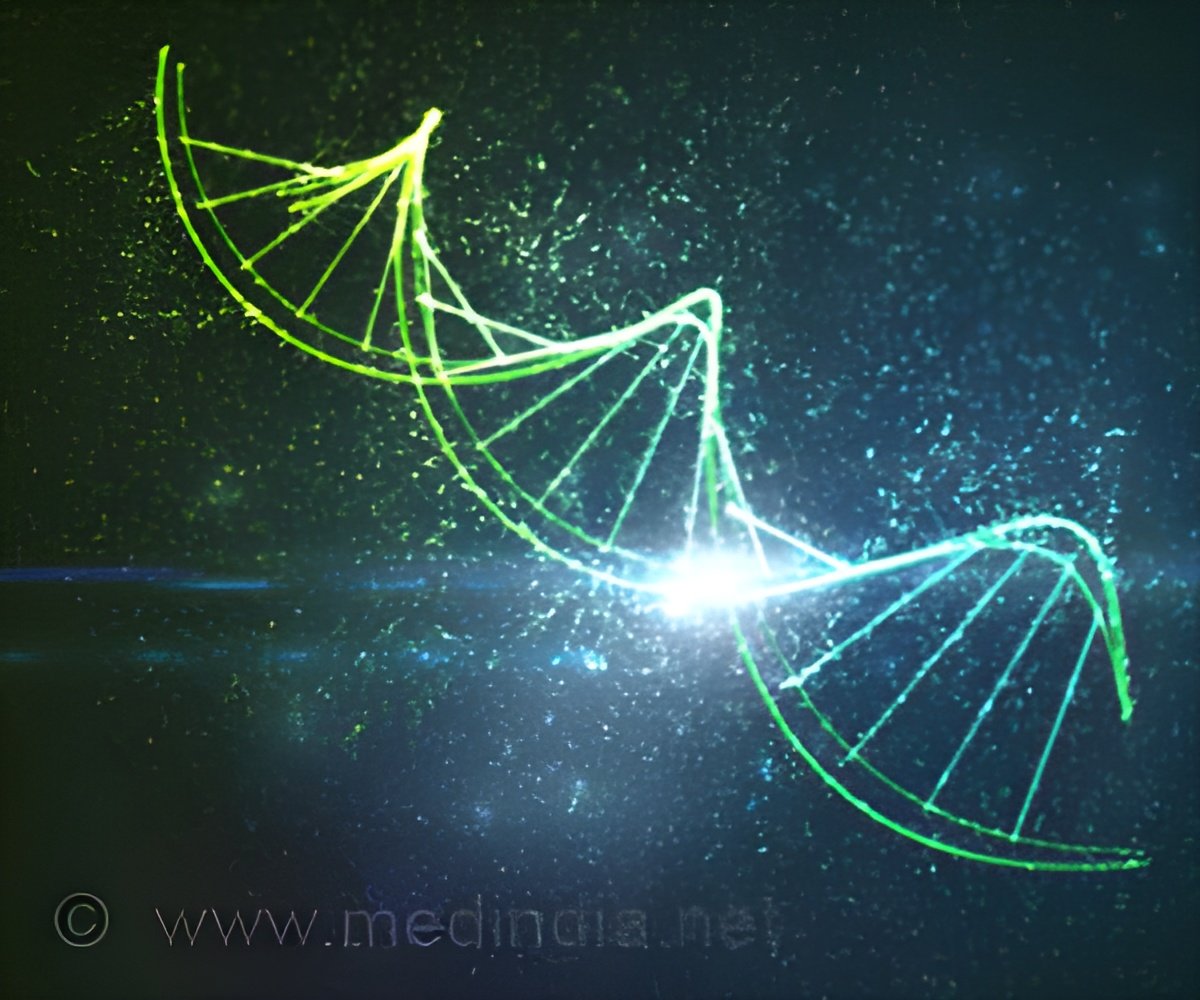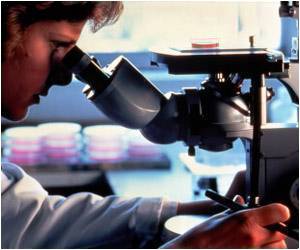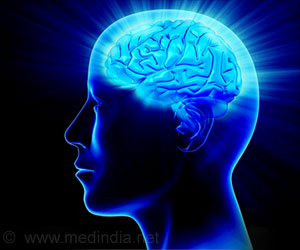New pluripotent stem cell technology aids in understanding patients with neuropsychiatric disorders who have either extra copies or missing copies of the CHRNA7 gene.

‘Patients with fewer or extra copies of the gene share same clinical characteristics due to the decrease of calcium flux in the neurons.’





Pluripotent stem cell technology helps better understand neuropsychiatric disorders"Pluripotent stem cell technology has allowed us to study what happens inside human brain cells from patients that have either fewer or extra copies of the CHRNA7 gene," said first author Dr. Madelyn Gillentine, a recent Ph.D. graduate of the Schaaf Lab.
"In summary, we take skin biopsies from patients with these conditions, grow the cells in culture in the lab and reprogram them to become brain cells. Using this approach, we gained insights into the mechanisms of disease at the neuronal level, which were really surprising."
The CHRNA7 gene is translated into CHRNA7 proteins that form a channel on the cell membrane that allows calcium to enter the cells. By regulating calcium levels, the CHRNA7 gene plays an important role on how neurons communicate and function with each other.
"We would have predicted that, compared with neurons from normal individuals, neurons from patients with fewer copies of this gene would show decrease in calcium flux, and those from patients who have extra copies would have more calcium flux, because they have more copies of this gene and are making more of the protein," Schaaf said.
Advertisement
"On the other hand, we were very surprised when we saw that neurons with extra copies of the gene, instead of an increase, they also showed a decrease in calcium flux that was not as severe as the one in the neurons with fewer copies of the gene," Gillentine said.
Advertisement
Clinically, while the patients with fewer copies present with moderate to severe cognitive impairment, high prevalence of autism and other neuropsychiatric problems, those with extra copies present with similar but less severe characteristics.
Opposite genetic imbalance results in similar biological effect mediated by different mechanisms
In the case of neurons with fewer copies of the gene, and therefore fewer CHRNA7 proteins to form calcium channels, the researchers propose that the reduction in calcium flux in the cells results from having fewer calcium channels.
"For the neurons with extra copies of the gene, we found that having extra copies of the gene results in more CHRNA7 proteins, which overwhelms the process that assembles them together, causes cellular stress and disturbs the formation of calcium channels.
The result is a reduction of calcium flux in neurons," Schaaf said. "This is an important first step toward better understanding this condition and one day finding treatments that would improve the lives of these patients."
Source-Eurekalert













